Francesco Guardi (1712-1792)
Get a Guardi Certificate of Authenticity for your painting (COA) for your Guardi drawing.
For all your Guardi artworks you need a Certificate of Authenticity (COA) in order to sell, to insure or to donate for a tax deduction.
Getting a Guardi Certificate of Authenticity (COA) is easy. Just send us photos and dimensions and tell us what you know about the origin or history of your Guardi painting or drawing.
If you want to sell your Guardi painting or drawing use our selling services. We offer Guardi selling help, selling advice, private treaty sales and full brokerage.
We have been authenticating Guardi and issuing certificates of authenticity since 2002. We are recognized Guardi experts and Guardi certified appraisers. We issue COAs and appraisals for all Guardi artworks.
Our Guardi paintings and drawings authentications are accepted and respected worldwide.
Each COA is backed by in-depth research and analysis authentication reports.
The Guardi certificates of authenticity we issue are based on solid, reliable and fully referenced art investigations, authentication research, analytical work and forensic studies.
We are available to examine your Guardi painting or drawing anywhere in the world.
You will generally receive your certificates of authenticity and authentication report within two weeks. Some complicated cases with difficult to research Guardi paintings or drawings take longer.
Our clients include Guardi collectors, investors, tax authorities, insurance adjusters, appraisers, valuers, auctioneers, Federal agencies and many law firms.
We perform Francesco Guardi art authentication. appraisal, certificates of authenticity (COA), analysis, research, scientific tests, full art authentications. We will help you sell your Francesco Guardi or we will sell it for you.
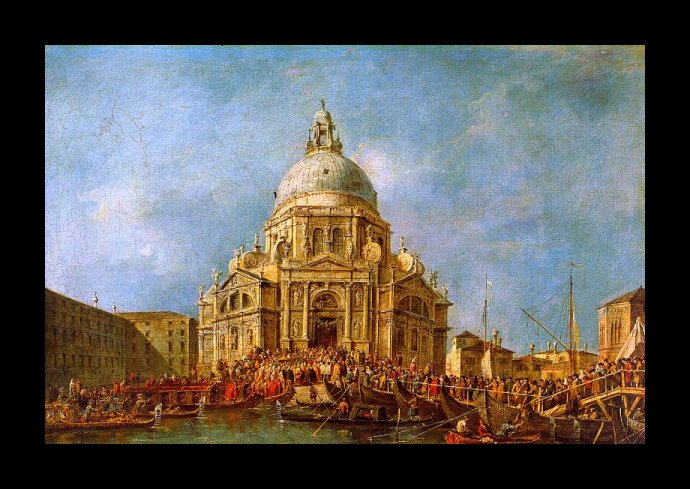
to Commemorate the End of the Plague of 1630,1766-1770
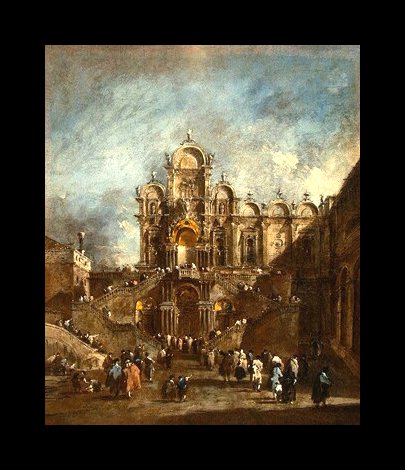
Francesco Guardi was a Venetian painter born in 1712. A member of a family of artists, Guardi remains the most famous of his relatives. Today, he’s revered as one of the greatest view-painters of the 18th century. His innovative style and fresh perspective were destined to secure his reputation an incredible artist. Sadly, he did not receive the accolades he deserved during his lifetime, becoming famous only after his death.
Little is known about the life of Guardi. Some scholars believe he was a pupil of Canaletto, however it is more commonly assumed that Guardi did not actually study under the famous artist. It is likely that he simply imitated the master’s style while learning to paint vedute.
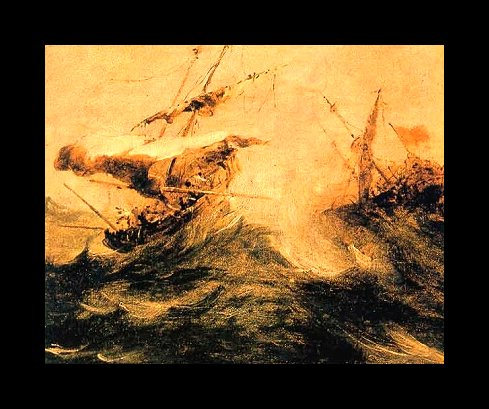
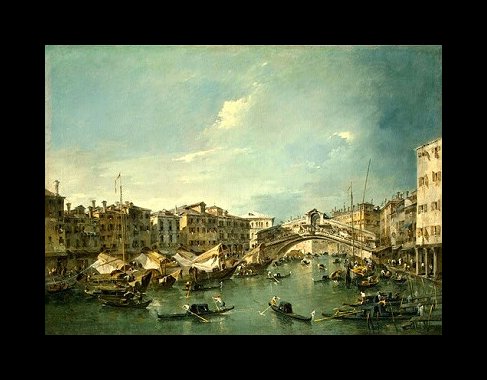
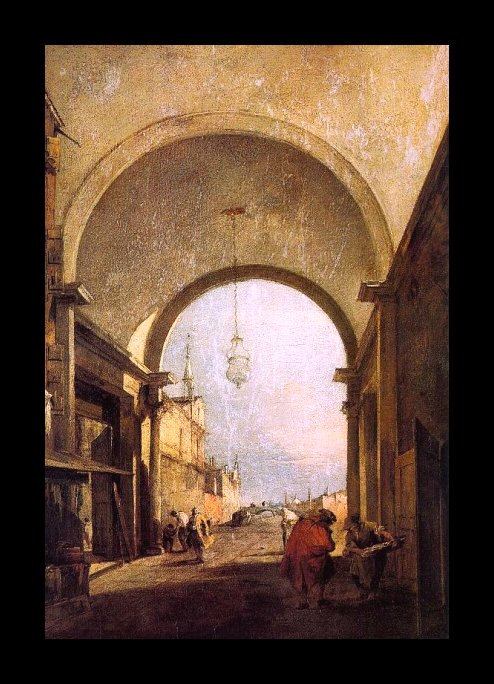
Guardi’s work was not centered solely on view-painting. In fact, he did not produce that genre of artwork until after the death of his brother Gianantonio in 1760. Prior to his brother’s passing, Francesco worked in the family studio, under Gianantonio’s management. He produced paintings of various types and wasn’t very successful by common standards due to the fact that he was over the age of 40 and not working independently.
Guardi’s work can be found mostly in Britain and Italy. Controversy has arisen over the authorship of some of his paintings, however. Critics argue whether he created the representations of The Story of Tobit in Venice. Uninhibited brushstrokes contribute to the masterful execution of the pieces. Many people attribute the paintings to his brother, Gianantonio because of a dispute regarding the dates.
The debate over the authorship of Guardi works does not end with those painted by his brother. Arguments have also arisen suggesting that some of the works were created by his son. Guardi died in January of 1792. At this time, his son, Giacomo, who took over the studio, continued producing town views in the style of his father. He was an incredible artist in his own right. In fact, his talent was so extraordinary that the authorship of several works is still in question. Many are not quite certain whether father or son produced the paintings.
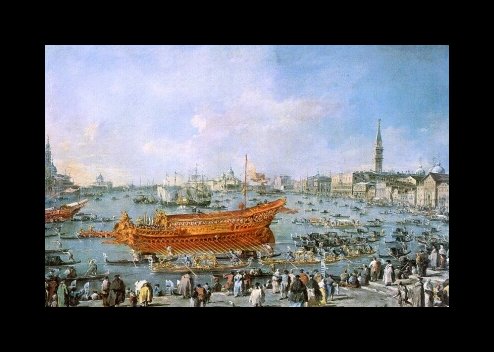
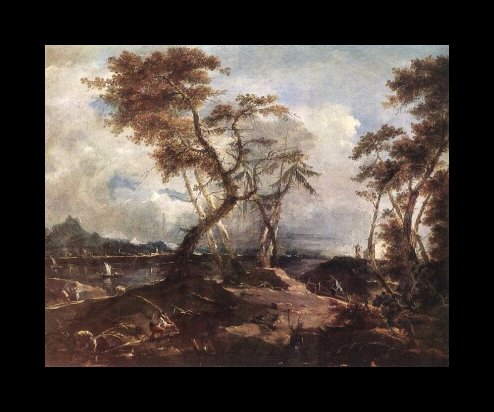
To find an original Guardi painting would be unlikely. His works stand out from other artwork of this time period in that he did not focus on accurate representations of view paintings. Instead, he concentrated on creating an ambience or mood. This is probably the reason that his work held little appeal in the 18th century. It wasn’t until long after his death that his paintings were truly appreciated for their merits.
Guardi left behind not only paintings but also a large number of drawings. These were probably preliminary studies for paintings, and all are unfinished works. They range in subject from historical to mythological, or religious.
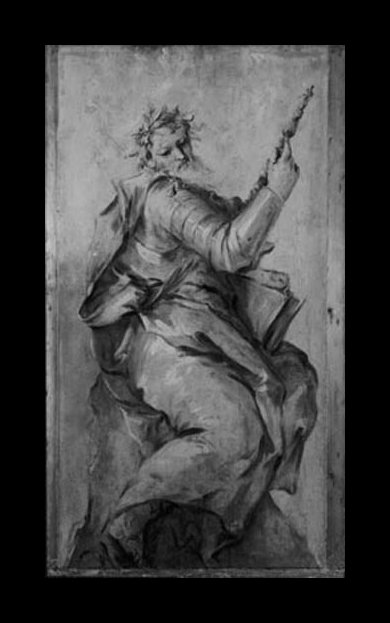
The drawings all have similar characteristics of sharp lines, rapid drawing, and light and shade contrasts. Guardi’s son owned thousands of these types of drawings produced by his father. They are said to have been sold to Teodoro Correr in the year 1829. Today, these sketches are housed in the Museo Correr in Venice.
